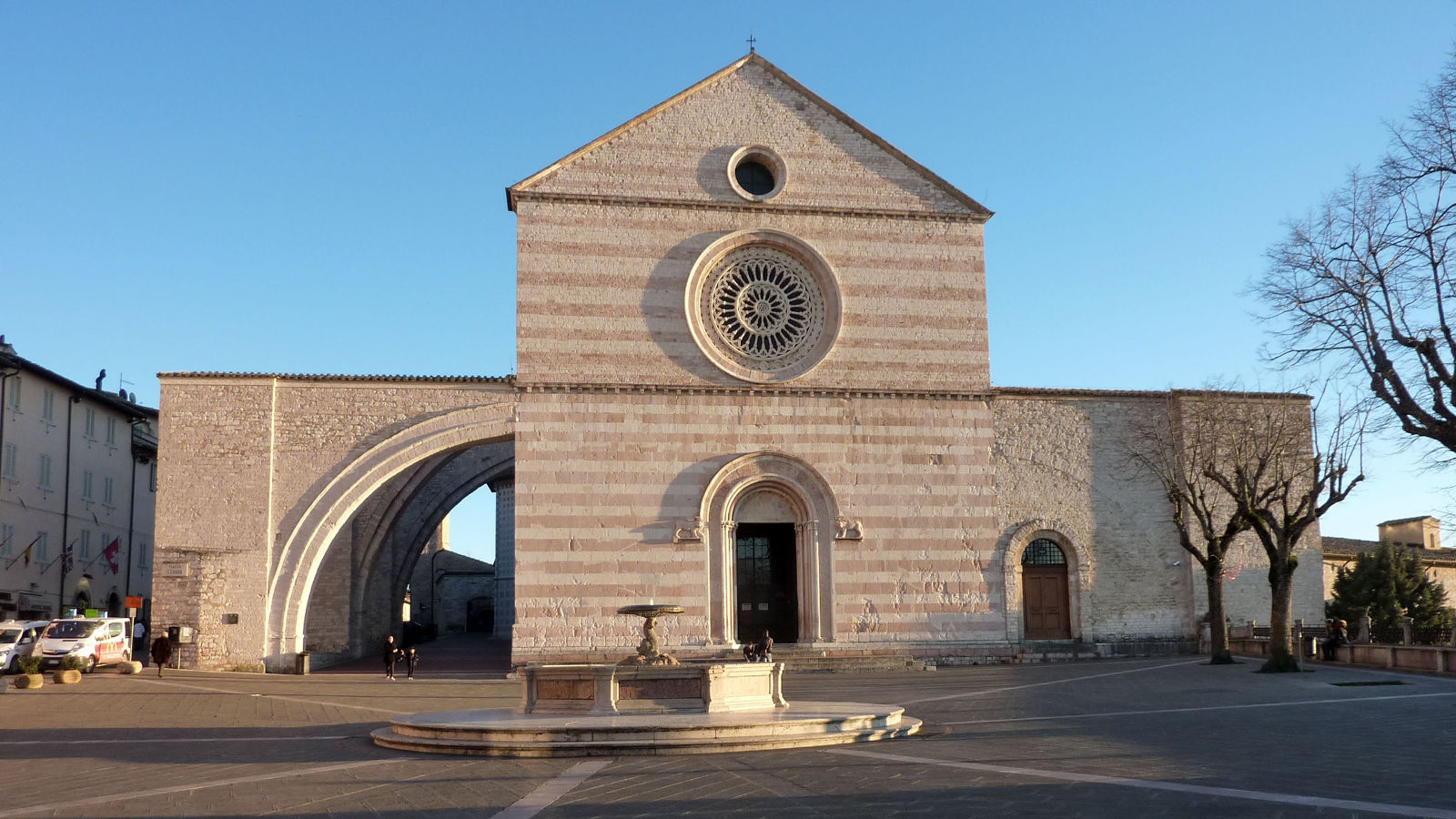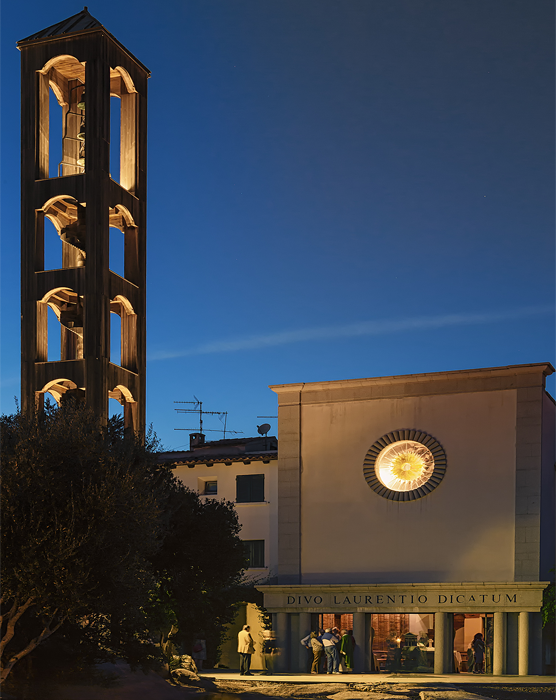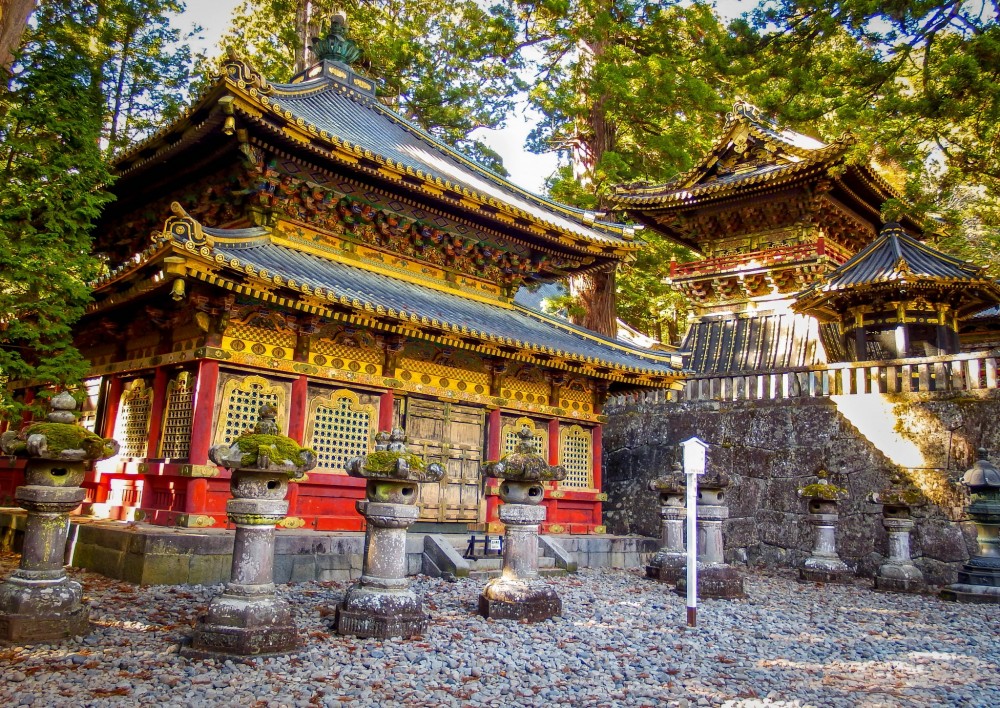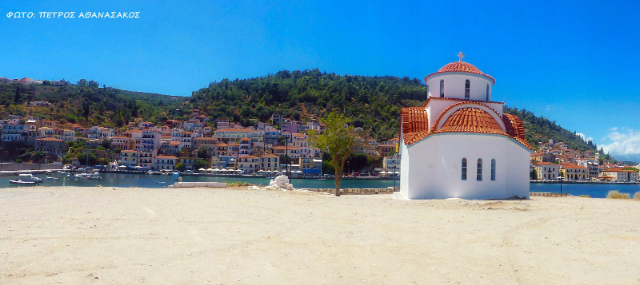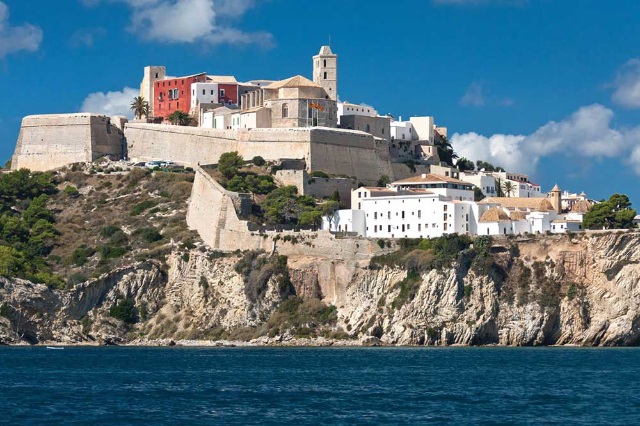The tomb of St. Clare was designed and wanted outside the city gate, in the church of San Giorgio, where Francis was already provisionally buried and where the Saint was buried on August 12, 1253.
The church of San Giorgio was just outside the city gate of the same name, a little lower than the road that, leaving the city, went "versus Ispellum"; another road went up to San Rufino, and a third one, skirting the Roman wall, went down towards Porta Moiano. Therefore the place was called "Tribium S. Georgii". Between the road and the church there was, not long ago, a hospital attached to the church; everything depended on the Cathedral Chapter.
While for the mausoleum-church, to be erected in honour of St. Francis, the place was determined only two years after his death, for the one to be dedicated to St. Clare, it was immediately oriented towards the opposite side of the city, next to the church of St. George (Marino Bigaroni, La Basilica di S. Chiara in Assisi, p.13).
Three years after her death and one year after the canonization of St. Clare, construction of the Basilica of St. Clare began in 1257 around the ancient church of St. George, which had kept the mortal remains of St. Francis until 1230. The mortal remains of the saint were already moved in 1260, while the solemn consecration took place in 1265, in the presence of Clement IV. The construction works were carried out by the architect Filippo da Campello.
The crypt that today houses the saint’s tomb was only built in 1850.
